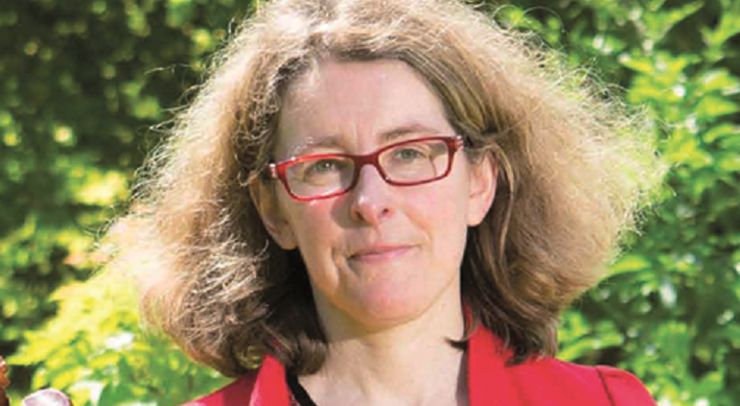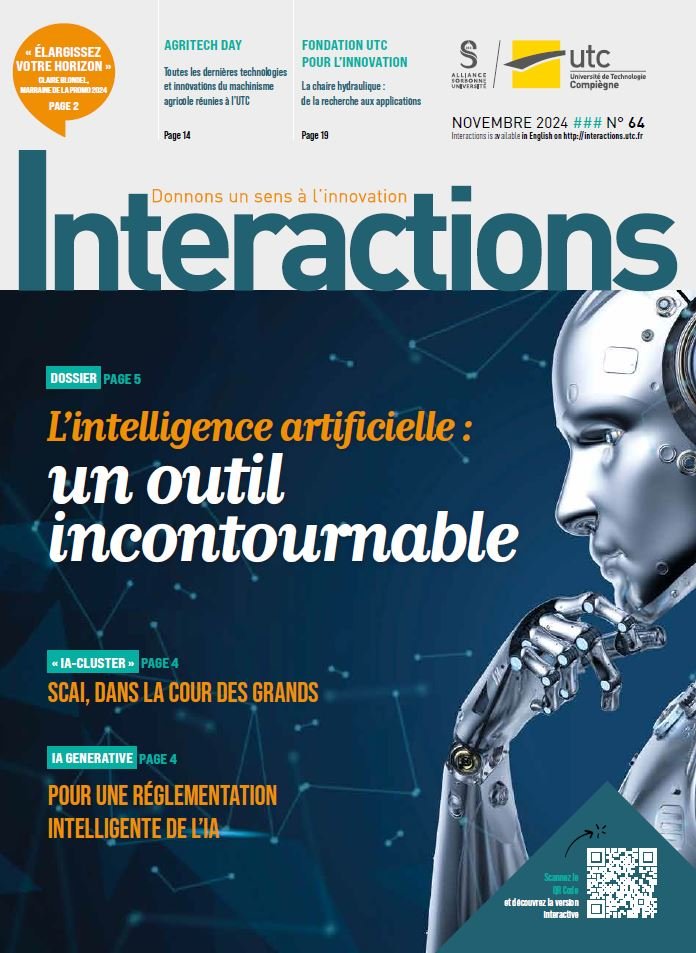A new President for the European Society for Artificial Organs

Sept. 20A5 saw the election of Cécile Legallais – a specialist in health technologies – to preside over the European Society for Artificial Organs (ESAO). Her commitment to this learned society goes back some time now and here she now is at its head; ESAO, we recall is an association devoted to development of research in organ replacement technologies. The actors here are scientists, clinical practitioners, industrialists and academics.
Elected in September 2015, Cécile Legallais, senior CNRS research scientists, posted to UTC, will sit in the President’s chair as of September 2017. ESAO is a learned society with between 450 and 550 members all involved in research work on artificial replacement organs and it has the particular feature of providing for a two year lead-time between the election of a new President and the latter’s taking office. This election underscores Cécile Legallais’ high commitment for over 10 years as a Member of the Steering Committee, then as Secretary General of this association, created in 1974. Cf. www.esao.org
Multiple domains and actors
“The main objective of ESAO is to develop and coordinate research into artificial organs in Europe”, recalls Cécile Legallais, insisting on the importance of encouraging and enhancing exchanges among clinical practitioners and more theoretical research scientist. To this purpose, the association ESAO organized a yearly conference so that members can benefit from a global and transverse visions of the field. All sorts of specialty attend and the participants come from both the academic and industrial worlds. Seen in terms of research possibilities, the field does cover a number of significant disparities. “The actors in applied research are sometimes difficult to mobilize to develop new medical devices to meet today’s needs, more or less satisfactorily met by existing apparatus and equipment”, underscores Cécile Legallais. As an example, if we reckon that some 3 million patients with liver disorders today rely on external blood cleansing equipment (haemodialysis), le latter is nonetheless very stringent in use, calling for regular immobilization lasting several hours each time. This kind of treatment is worrisome process for patients, and yet research in this particular sociality is not progressing. Associate business concerns are not always convinced by the potential gain that could come from adopting more recent techniques, in terms of benefits/risks.
Organs or artificial functions
Today the target is to compensate for the functions executed by our organs rather than design new artificial organs that faithfully reproduce the natural organs”, explains Cécile Legallais. For the kidneys, compensatory filtering comes via external haemodialysis equipment, whereas for the heart, we tend to use either an internal or external pump rather than a complete heart. In France, only three Carmat ‘complete heart prostheses’ have been implanted so far. “And certain organs such as our liver, have functions that are so complex that today we simply cannot envision designing a suitable artificial substitute,” underlines the research scientist.
Making use of natural, specialised cells
One of the difficulties met when implanting an artificial replacement organ inside a patient’s body s that of the biocompatibility of the materials in contact and in particular in joining up the body’s blood vessels to the device input/output tubes. “These are question now being investigated as is the fabrication of tissue”, adds Cécile Legallais. Controlling material structures at both micro and nanometric scales allows us to assemble ‘function-intensive’ surfaces that can serve as supports on which biological tissues can be grown. Tissue reconstruction research is now entering experimental phases. Work on cells and tissues opens up new horizons in bio-artificial organs research. While, for a long period, we were seeking to make new mechanical devices to compensate for a failing organ and well-identified, specific functions, research scientists today are wondering how they can make the most of the function specialized cells which naturally ensured those functions under normal conditions.




